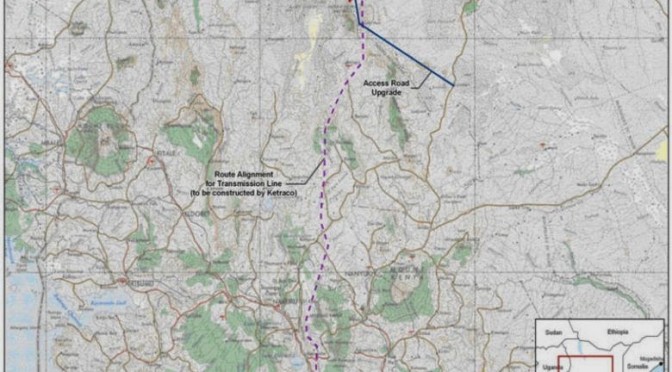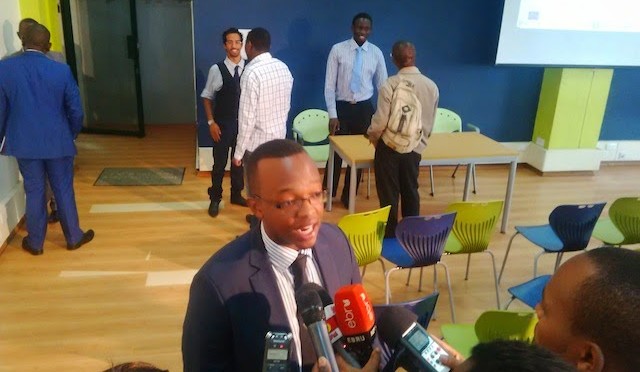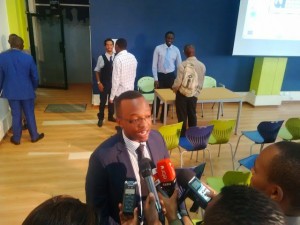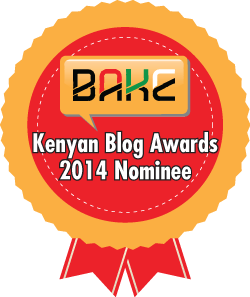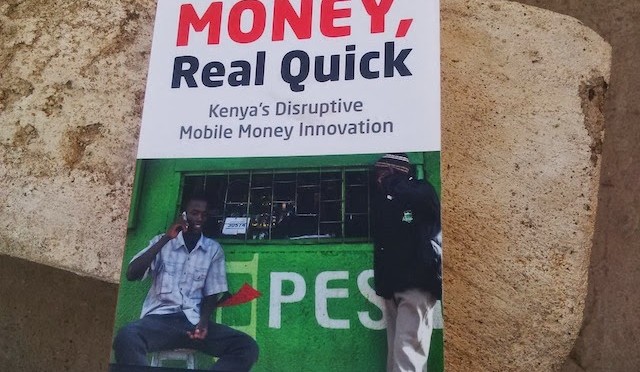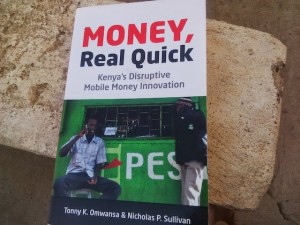Monday saw the signing of final agreements for the financing of the Lake Turkana Wind Power – LTWP project.
This was the completion of a long, 9-year process that began with a fishing trip on Lake Turkana, that yielded no fish, but a lot of wind on the boat trip. The LTWP which will generate 300 MW, using 365 turbines in Laisamis (Marsabit) was registered in 2006. Aldwych International was brought on as an investment and development partner in 2009.
The signing of finance deals worth 498 million euros (~ Kshs. 60 billion), will go towards LTWP which at Kshs. 75 billion is arguably both, the largest single wind power plant in Africa and, the largest single private investment in Kenya.
The Kenya Government has committed to raising the country’s electricity generation capacity to 5,538MW (from the current 1,533MW) by the year 2017. 630MW of that will be from wind, and they have identified five strong wind areas in Ngong, Turkana, Kinangop, Kipeto, and Isiolo – and hopes that using renewable sources of energy like the wind will bring down the cost of electricity to consumers, and save on fuel import costs for the country. The government’s KETRACO agency will build a 428 kilometre, 400 kV line, from Loyangalani to Suswa Suswa to Laisamis that they say will be ready in 24 months and which will also link up with geothermal plants along the way.
|
| Image from LTWP website |
Financiers in LTWP include the African Development Bank (AfDB) who are the lead arrangers and who have provided a guarantee against some delays. The bank has also financed $1.7 billion in power generation in Africa, with 39% of that going to private sector companies. Others are the European Investment Bank. Standard Bank (Stanbic), FMO, Nedbank, EADB, PTA, PKF, DEG, Proparco and soon OPIC (US). Other partners in LTWP include Vestas (turbine supplier), the governments of Denmark (providing EUR 135 million including 120M in export credits), Netherlands, and Spain (who are financing the Laisamis- to Suswa transmission line).
Next, the Kenya government wants to expand the number of last-mile electricity connections while KETRACO also plans to extend the transmission lines to Northern and North Eastern Kenya – and on to Ethiopia, Tanzania and Uganda. This will serve the regional transmission purposes and also open up Northern Kenya. Joseph Njoroge, the Energy Principal Secretary, said additional electricity opens up opportunities such as enabling the pumping of crude oil, the possibility for electric trains to run on the Standard Gauge Railway, iron smelting, as well as clinker production (by Athi River Mining and Dangote).
edit October 2015: A deal by Google to buy shares from Vestas fell through in 2016.
MT @WSJafrica: Google to buy a 12.5% stake in Kenya’s Lake Turkana Wind Power #LTWP, Africa’s biggest wind project https://t.co/tX6aUGfKil
— Bankelele (@bankelele) October 20, 2015
edit March 2023. Some shareholding changes at Lake Turkana Wind Power as CPF UK Holdings to acquire a controlling 31.25% stake from other shareholders.
Some shareholding changes at Lake Turkana Wind Power @LTWPOfficial, as CPF UK Holdings to acquire a controlling 31.25% stake in Africa’s biggest wind power project. https://t.co/WvzblMHvcW #LTWP #inthepapers
— Bankelele (@bankelele) March 14, 2023
edit: The new investor buying out Finnfund, is the Climate Finance Partnership (CFP), a fund managed by BlackRock Alternatives. Finnfund, which was a shareholder since the construction began in 2014, exits after doubling its investments in “undeniably one of the best wind sites in the world” – that was built on time and on budget despite its size and remote location. Finnfund will continue to make more renewable energy investments, including a recent one in a geothermal power project in Nakuru County, Kenya.
